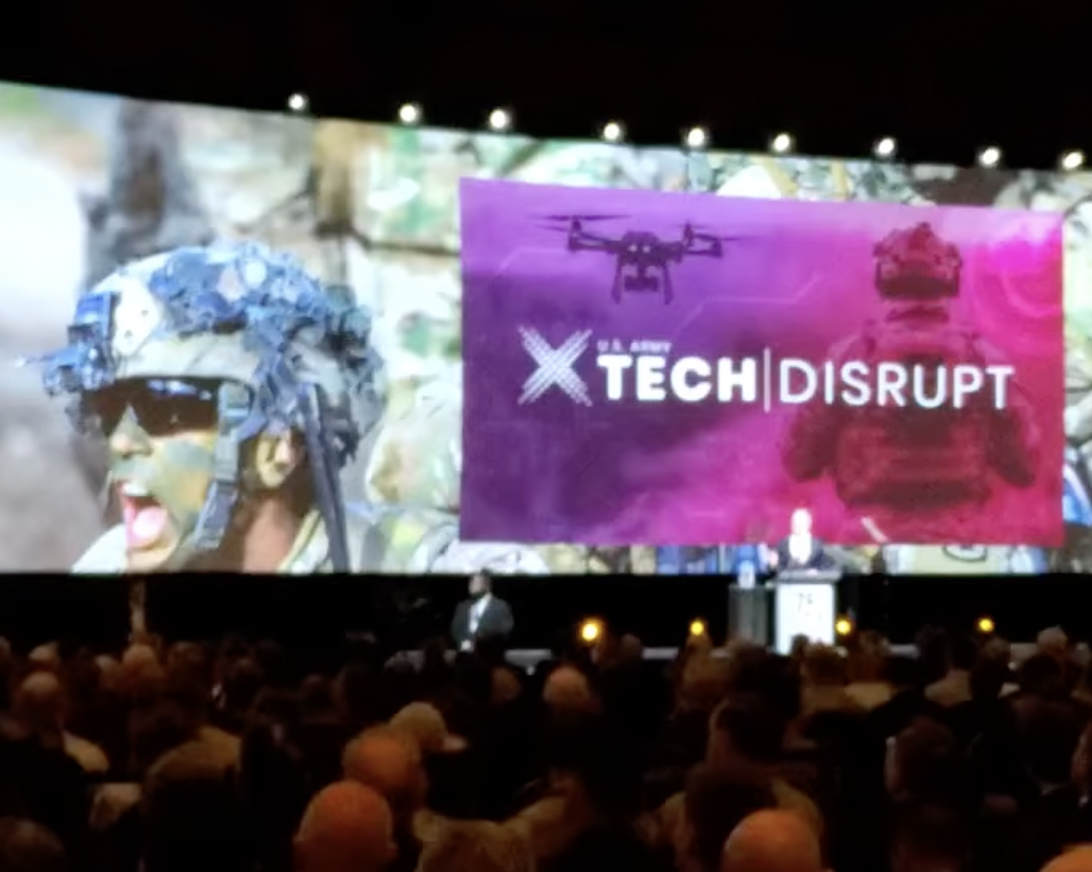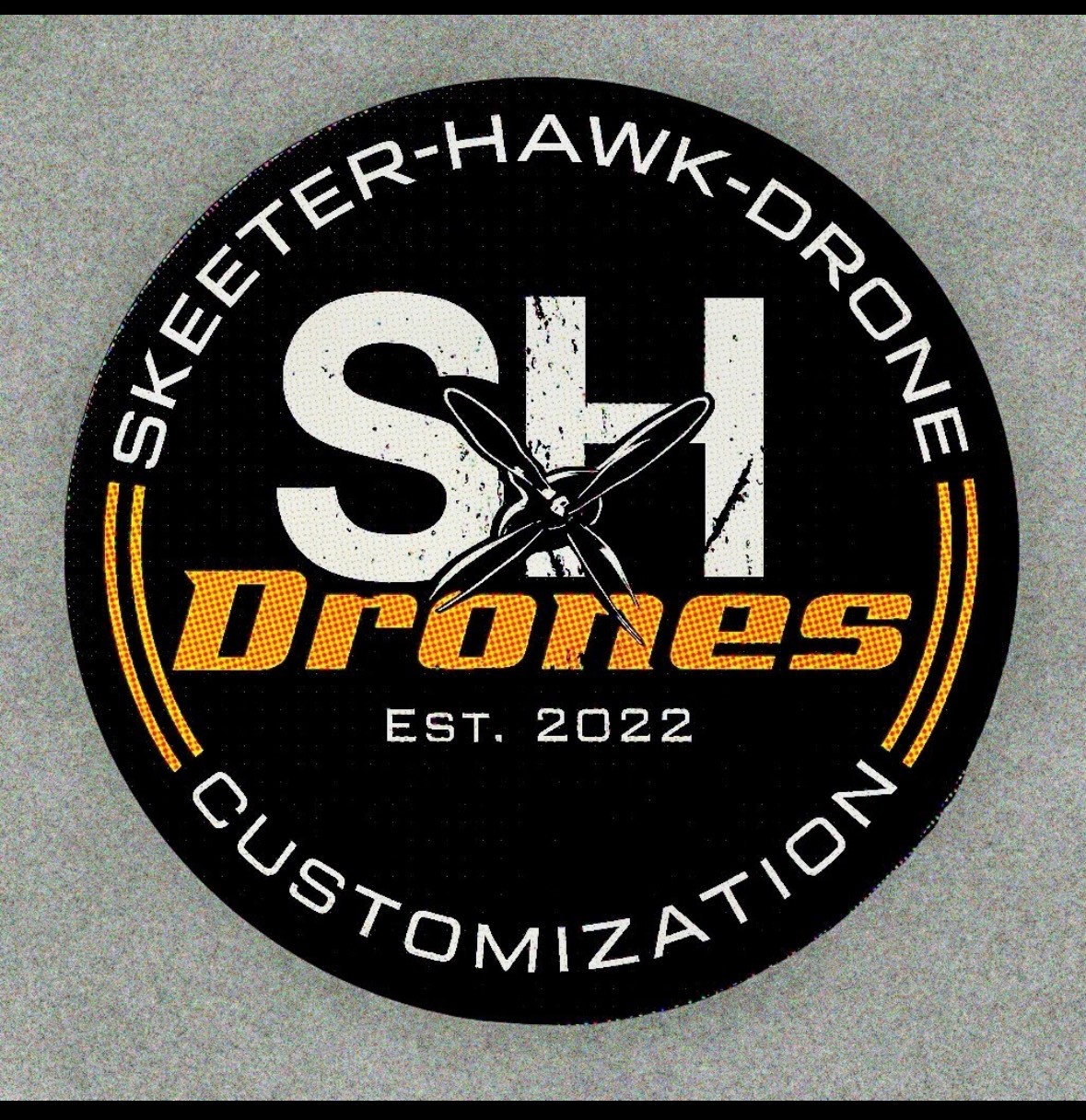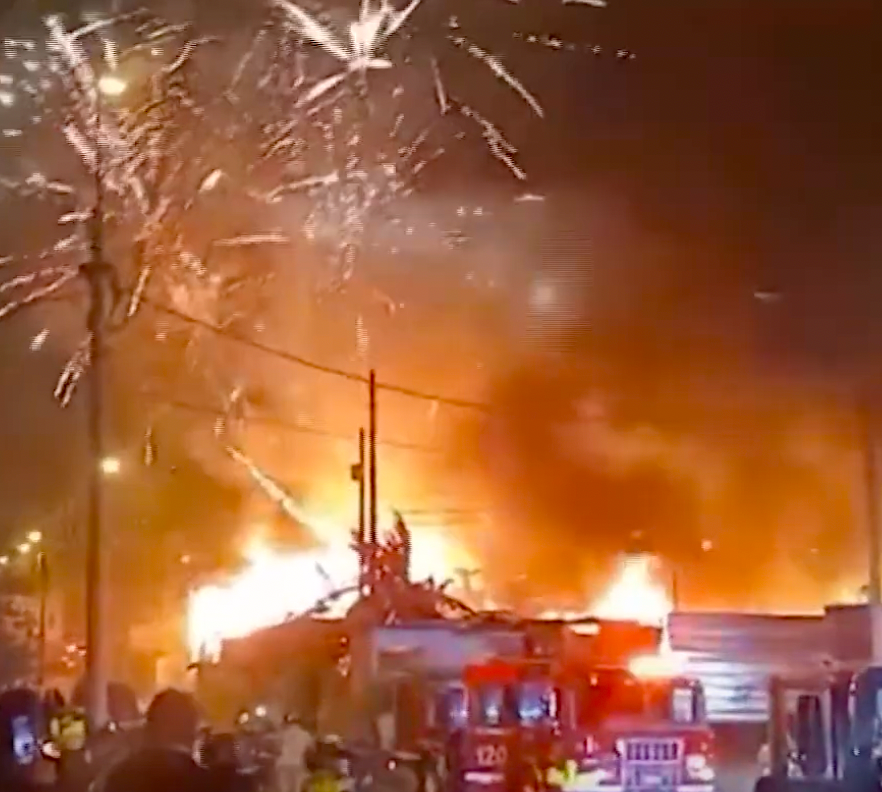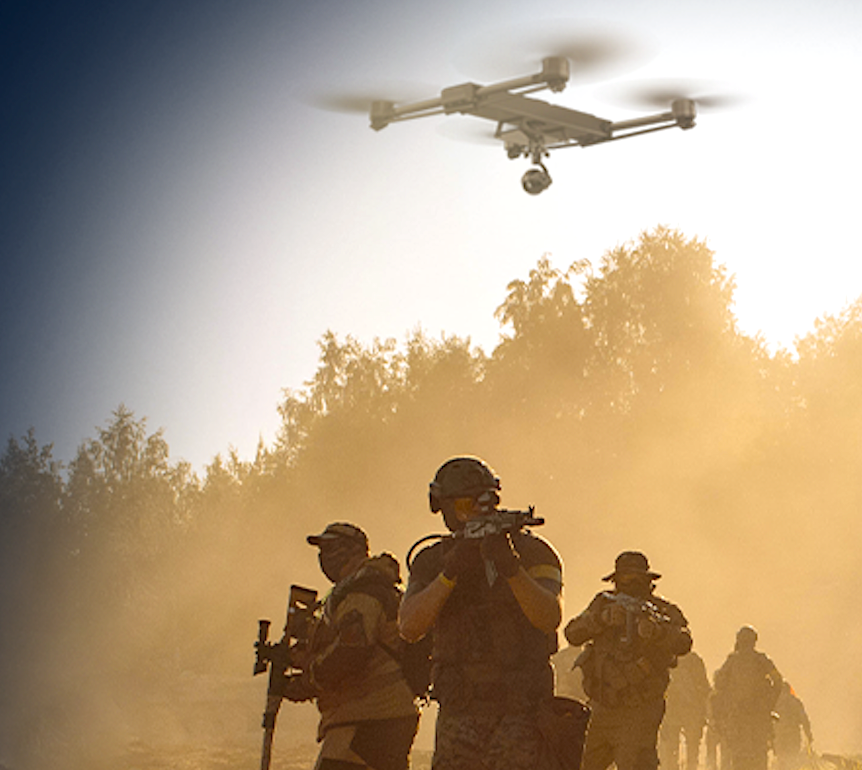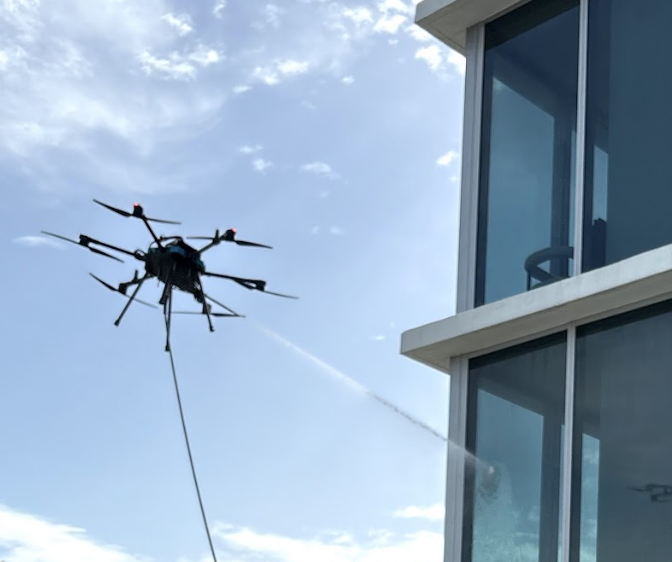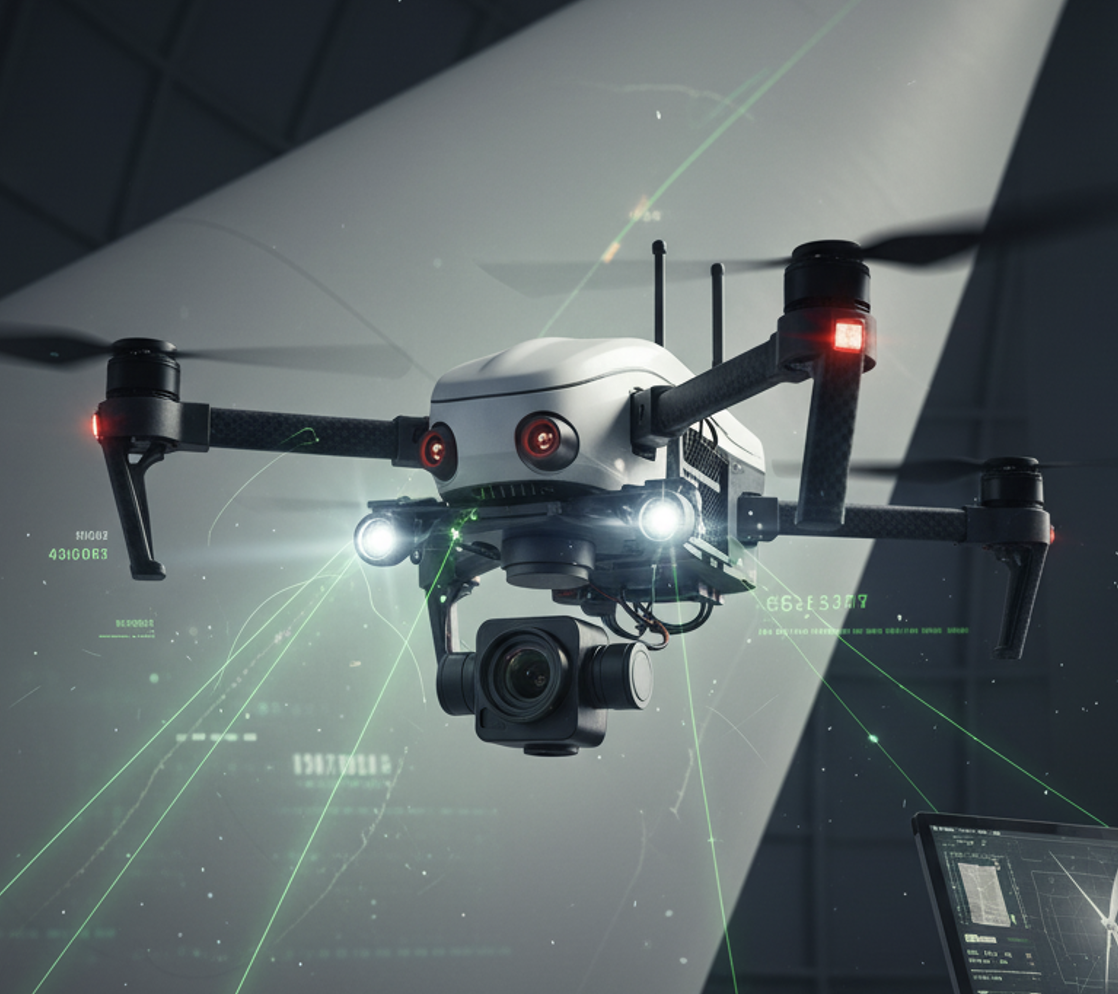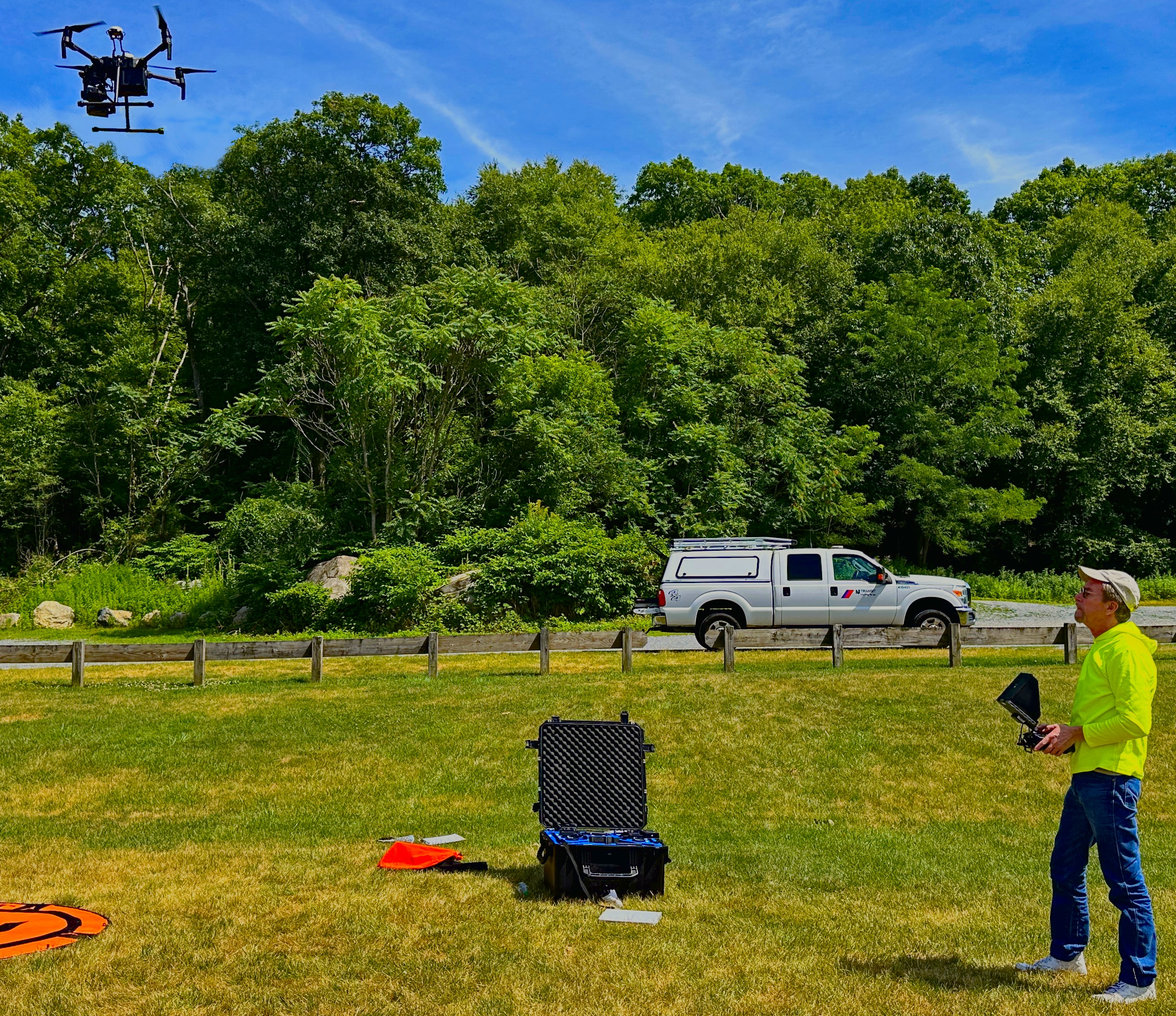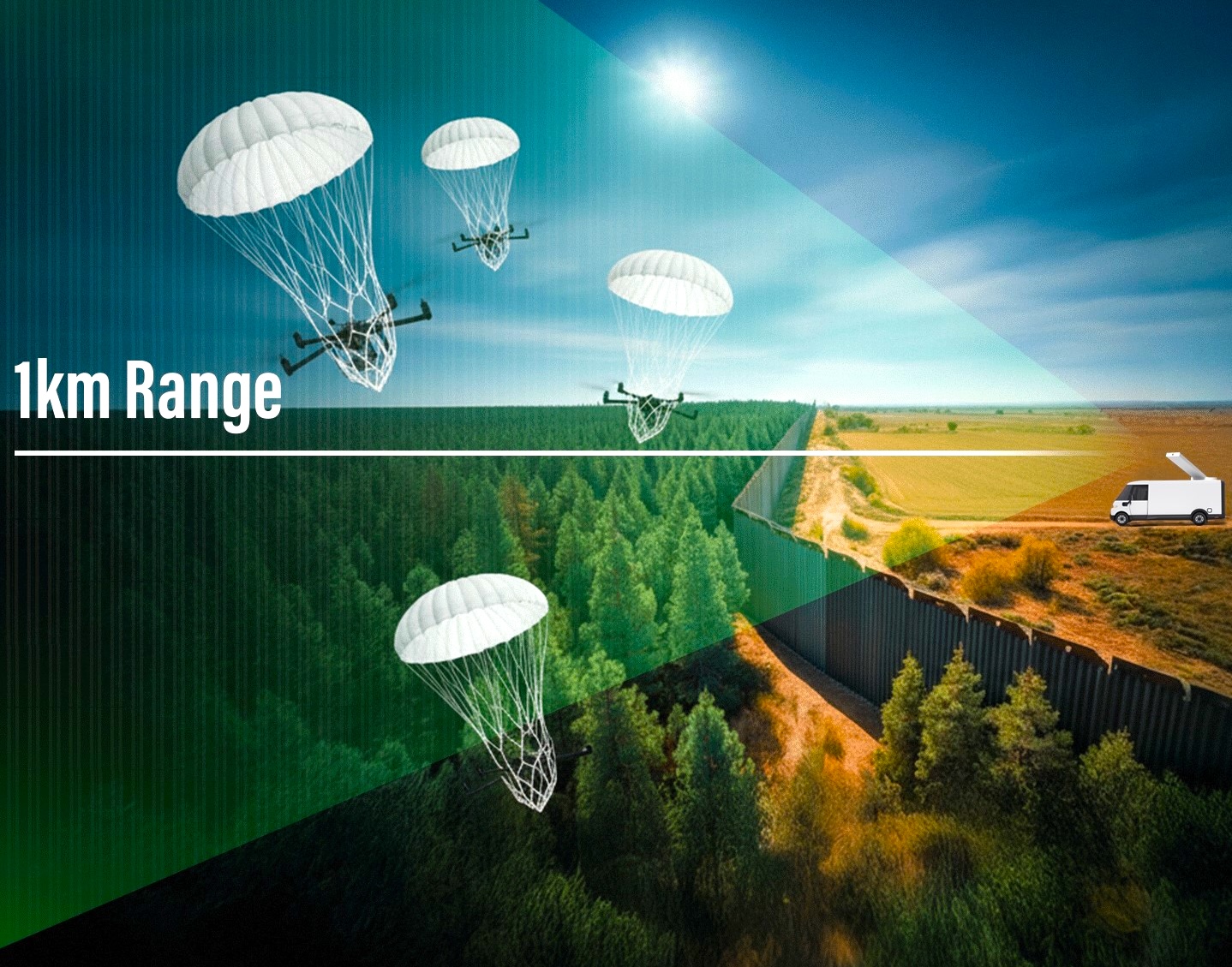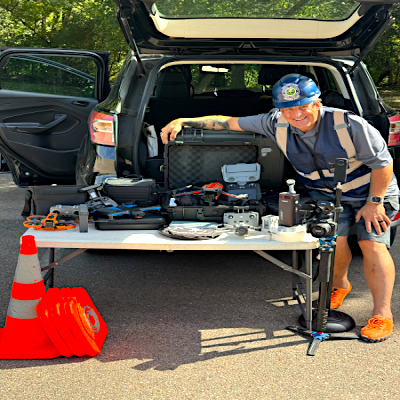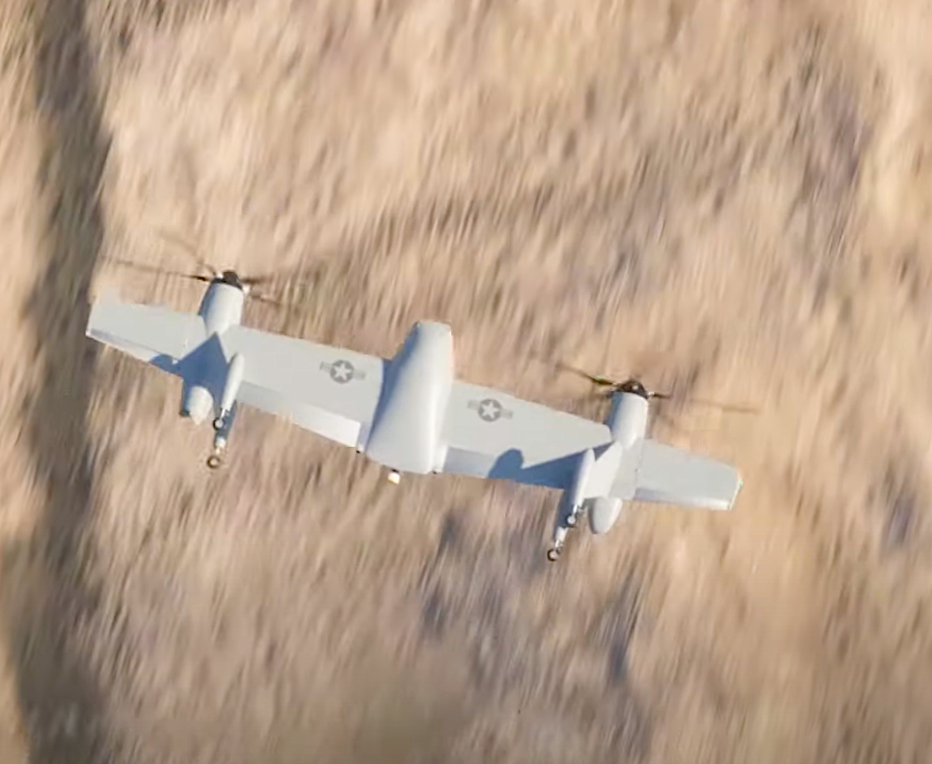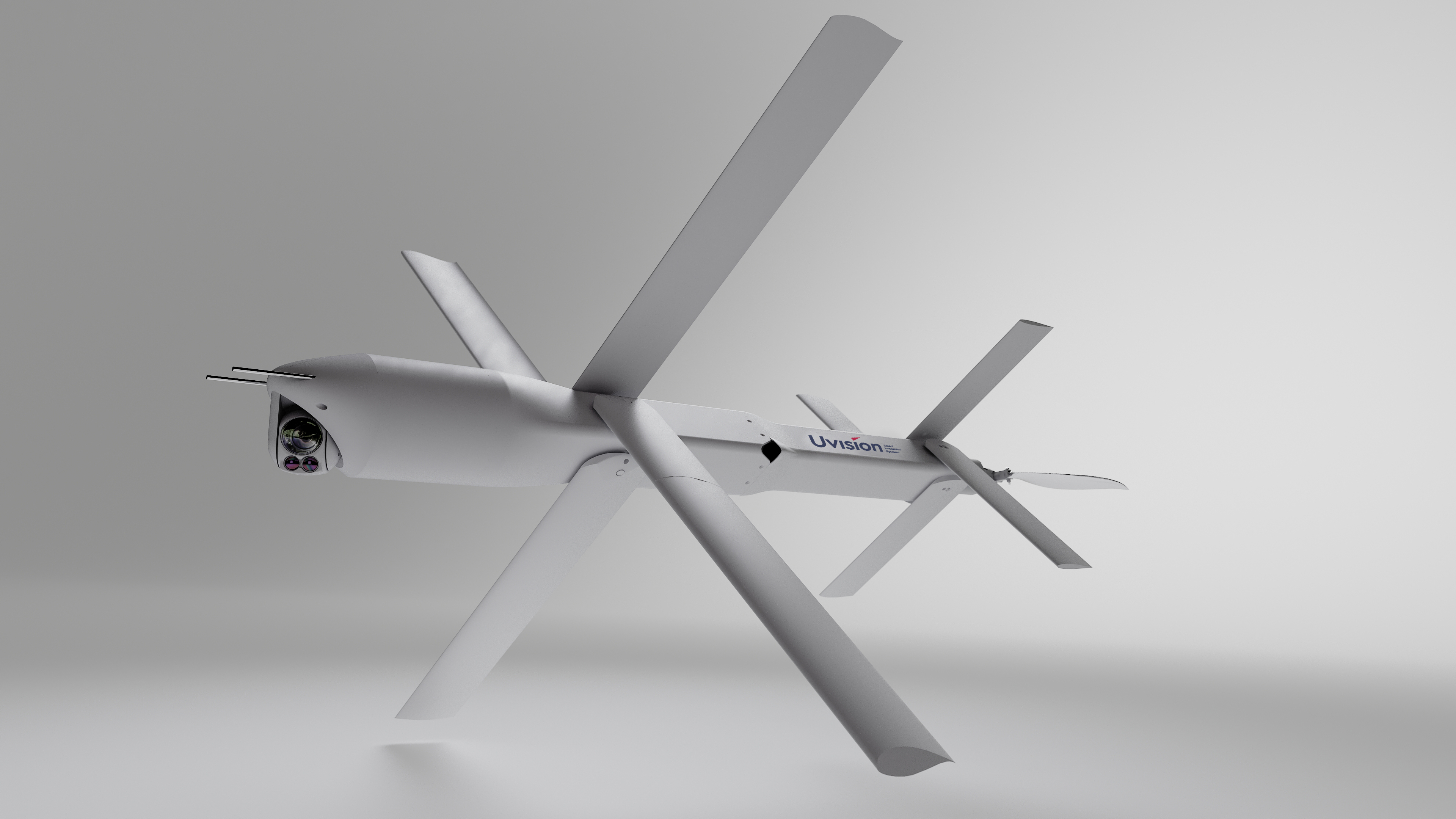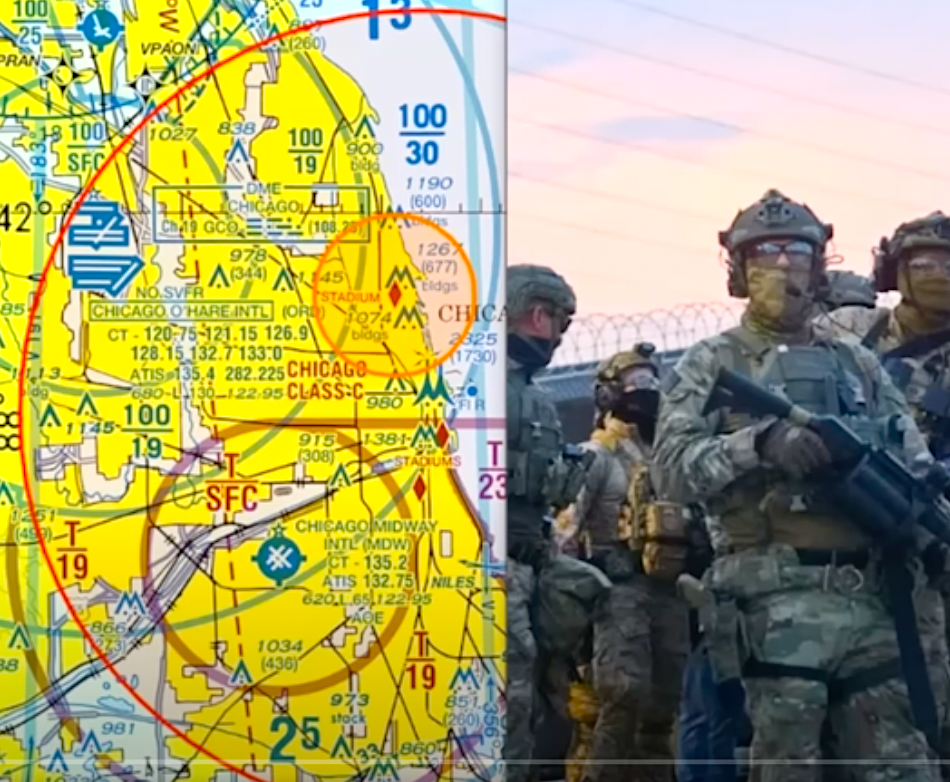Featured NewsProduct NewsThe Human Side of Autonomy
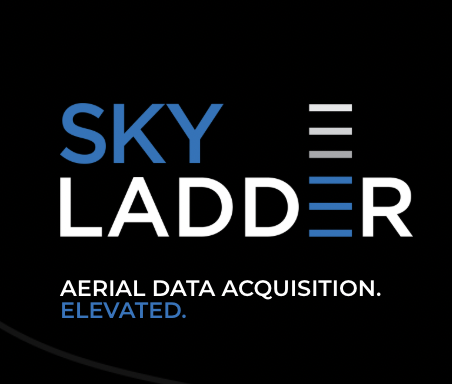
15 October 2025
Autonomy has become the buzzword of the drone industry. From AI-assisted flight paths to real-time defect detection, it’s easy to believe that machines are taking over inspection work entirely. And in many ways, they are. AI and automation have undeniably improved safety, repeatability, and data quality.
But autonomy is not a binary state; it’s a spectrum. And here’s the truth most headlines miss: autonomy doesn’t replace human skill, it amplifies it.
Even the smartest system is only as capable as the pilot behind it. When conditions get tight, reflective, magnetic, or unpredictable, the difference between a useful dataset and a costly reshoot often comes down to human judgment.
At Sky Ladder Drones, we’ve spent years navigating the space between human intuition and machine precision. What we’ve learned is simple: knowing when to trust automation and when to take the controls is what separates a drone operator from an expert aviator.
The Promise (and Limits) of Autonomy
Autonomous and semi-autonomous flight systems are remarkable. They enable drones to follow complex routes, maintain altitude, and capture consistent data, making them ideal for large-scale surveys, repetitive tasks, and environments where efficiency takes precedence over improvisation.
However, in inspection scenarios—particularly those demanding close-up precision—understanding the context makes all the difference.
Think of a drone flying under a bridge, around a radio tower, or along a glass facade. Each structure interacts with the environment in unique ways. Wind tunnels, GPS dropout zones, and magnetic interference can all disrupt even the most advanced autonomous flight systems.
AI can recognize patterns, but it can’t feel the microcurrents that tug on a drone or anticipate how reflected sunlight will confuse its sensors. Human pilots can.
It’s a difference that shows up in the field every day. From navigating tight spaces to countering magnetic interference, there are countless situations where the drone’s intelligence still needs a human’s instincts.
When Human Skill Makes the Difference
Confined Spaces and Tight Angles: Autonomy thrives on predictability, but inspection environments rarely cooperate.
Consider confined spaces such as industrial plants, ductwork, or architectural recesses. These environments demand a degree of spatial awareness and control that can’t be pre-programmed. One wrong automated correction and the drone’s prop wash can kick up debris, disrupt airflow sensors, or cause a collision.
A skilled pilot, on the other hand, can “feel” the environment through the controls, adjusting throttle and yaw instinctively to maintain stability without relying solely on sensor data. It’s the kind of judgment that comes from hours of flight time, not algorithms.
During mechanical inspections where inches matter, seasoned pilots know how to fly steady in close quarters while still maintaining the precision needed for actionable imagery.
What’s true for tight spaces is just as true for optical complexity. When the environment stops playing by the rules, human adaptability becomes the difference between good data and guesswork.
Reflective and Transparent Surfaces: Glass, metal, and water—all beautiful to the eye, but maddening for sensors.
Autonomous systems often rely on visual or Lidar-based navigation, which struggles with reflective or transparent materials. The drone may “see” a reflection as a wall, or worse, fail to detect an obstacle entirely.
During building envelope inspections, for example, mirrored façades can throw off automated flight paths, causing jittery movement or inaccurate distance readings. A manual pilot can adapt in real time, changing camera angles, repositioning for clarity, or using visual cues that software can’t interpret.
It’s not just about getting the shot. It’s about understanding why the reflection behaves the way it does and compensating accordingly. That’s where experience shows.
But not all challenges are visible. Some hide in the invisible forces that surround us—fields of magnetism, interference, and lost GPS signals that can send even a smart drone spinning.
Magnetic and GPS Interference Zones: If you’ve ever tried to fly near a substation, cell tower, or steel structure, you know what happens next: your drone’s compass goes haywire.
Magnetic fields and dense metal structures can distort GPS data, causing drift or sudden altitude jumps. In fully autonomous modes, this can lead to navigation errors or even emergency failsafes that halt a mission mid-flight.
Experienced manual pilots don’t panic. They switch to ATTI mode, stabilize visually, and maintain control until it’s safe to re-engage positioning systems. It’s a small maneuver that can save thousands of dollars in equipment and data collection time.
These kinds of adaptive decisions are what separate autonomous assistance from true operational expertise.
The Real Edge: Knowing When to Switch Gears
The future isn’t man or machine. It’s both. The drone services companies that thrive in the next decade won’t be the ones who automate everything; they’ll be the ones who know when not to.
For experienced flight teams, autonomy is a tool, not a replacement. The most effective workflows combine automated flight planning for repeatability with pilot-led adaptability when conditions demand it.
The best inspections will rely on advanced mission-planning software, sensor fusion, and real-time analytics, but they will never eliminate the human element from the loop. Because sometimes the smartest decision isn’t made by a computer; it’s made by the pilot, who watches how the light hits the surface and realizes the data needs a different approach.
Knowing when to switch from autonomous to manual control isn’t just about flying. It’s about protecting data integrity.
The real edge isn’t in the technology alone; it’s in the judgment behind it.
The Hidden Skill Behind “Data Quality”
In drone inspections, the conversation often centers around megapixels and machine learning, but the real differentiator is judgment.
Anyone can fly a pre-programmed route. But interpreting anomalies, adjusting capture parameters, and ensuring usable deliverables requires a deep understanding of how physics, materials, and the environment interact.
Data quality is influenced by dozens of subtle factors—camera angle, lens distortion, overlap percentage, shutter speed, and even how a drone’s gimbal compensates for turbulence. Automated systems can maintain consistency, but not discretion. A human pilot can decide to shift altitude to reduce parallax distortion or adjust exposure when glare skews thermal readings. That kind of real-time decision-making ensures inspections don’t just collect data; they collect the right data.
That blend of art and science is what defines an expert in drone inspections.
Training the Next Generation of Hybrid Pilots
As the industry evolves, pilot training must evolve too. Future drone operators will need fluency in both automation and manual flight, a skillset we like to call hybrid proficiency.
It’s not enough to rely on autonomous modes; pilots must understand the principles behind them. They must interpret sensor feedback, troubleshoot anomalies, and maintain control manually when systems fail. This involves understanding how obstacle-avoidance systems operate, what data-fusion algorithms prioritize, and how regulatory frameworks, such as BVLOS (Beyond Visual Line of Sight) operations, influence mission planning.
At Sky Ladder Drones, hybrid proficiency is a cornerstone of our pilot development. Our teams cross-train in photogrammetry, thermography, and manual precision flight. Every pilot learns to balance automation with control, developing the intuition to manage complex missions even in GPS-denied environments.
The best inspectors aren’t just drone pilots. They’re analysts, engineers, and storytellers of the built environment.
Why This Balance Matters to Clients
At the end of the day, clients don’t care whether a flight is autonomous or manual. They care about accurate results.
When a drone can’t safely follow an automated pattern around a high-rise or substation, you need a team that can pivot instantly without sacrificing data integrity. That’s what clients are really paying for: consistency under complexity.
For drone inspection pilots, that means combining state-of-the-art autonomy with something algorithms can’t replicate—intuition, adaptability, and experience.
Because no matter how smart the drone gets, it’s still the pilot who turns a flight plan into insight.
The Bottom Line
Autonomy is the future, but it’s not the whole story.
Drone inspections operate in the real world, which is messy. There are magnetic fields, shifting winds, changing light, and unpredictable surfaces. When those variables show up, automation doesn’t always have the answer, but a skilled pilot does.
That’s why manual flight isn’t going away. It’s evolving, integrating with autonomy to create a more capable, responsive, and efficient inspection process.
At Sky Ladder Drones, we like to think of it this way: Technology can guide the drone, but only human skill can define the outcome.
